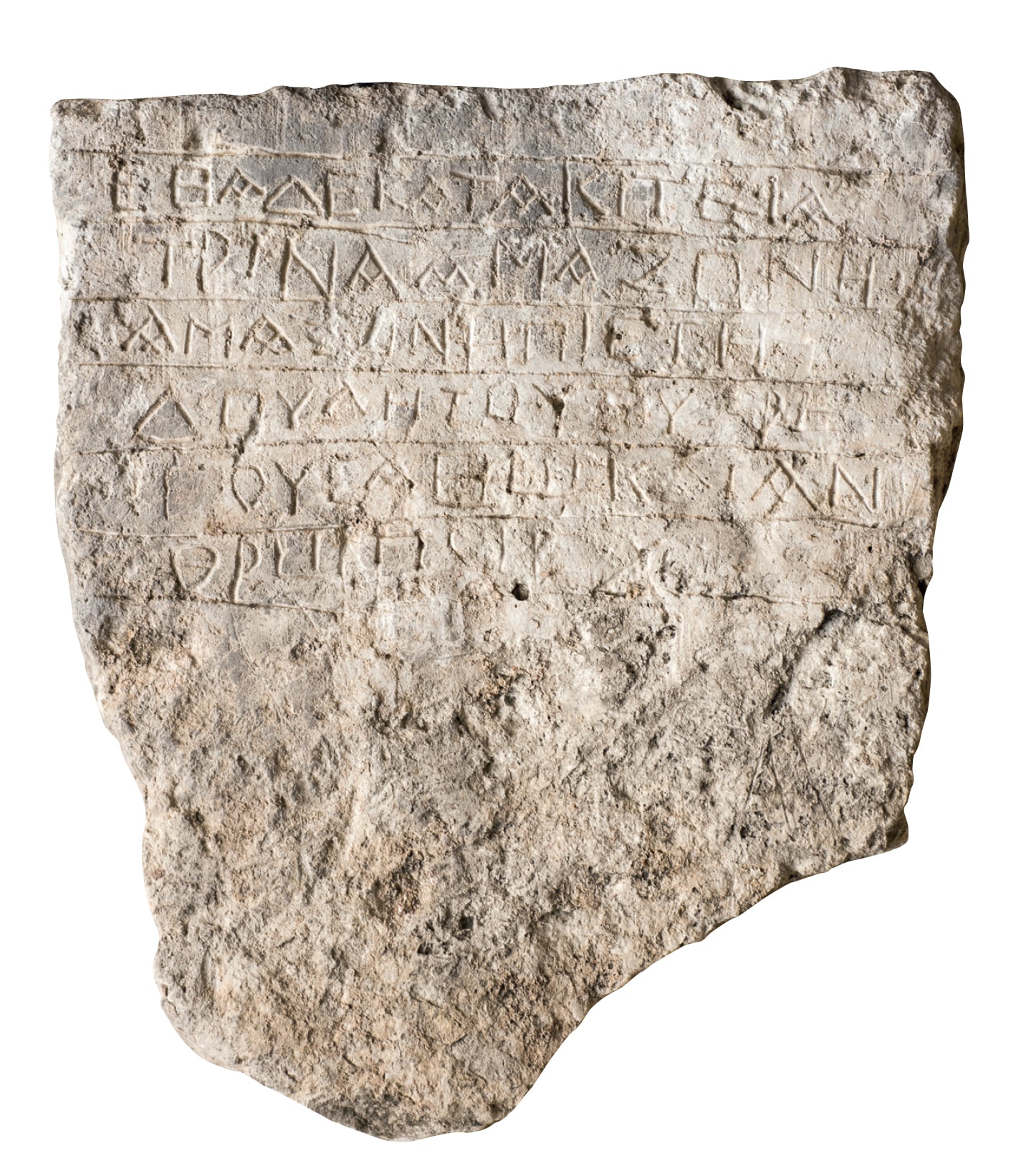10 April 2015
 Works of Hippocrates (Detail), ca. 1338 (Text), 1341–1345 (Illuminations). Paris, Bibliothèque Nationale de France.
Works of Hippocrates (Detail), ca. 1338 (Text), 1341–1345 (Illuminations). Paris, Bibliothèque Nationale de France.
Byzantine medical art was grounded in the Greco-Roman medicine transmitted by Hippocrates and Galen and new concepts introduced by such physicians as Oribasios of Pergamon, Aetius of Amida, Alexander of Tralles and Paul of Aegina. The twelfth century ushered in a significant transfer of knowledge between Byzantium and the Arab and Persian worlds.
Men as well as women practiced medicine. Theoretical teaching was coupled with a practical internship in a hospital. Diagnosis relied on analysis of pulse and urine. Diet and bathing were integral parts of remedies. External remedies included plasters, ointments, and eye washes, while internal treatments ranged from pills, powders, and oils to gargles, enemas, and infusions.
 Funerary Stele of a Woman Doctor, 4th–5th century. Marble. İstanbul Archaeological Museums.
Funerary Stele of a Woman Doctor, 4th–5th century. Marble. İstanbul Archaeological Museums.
Ophtalmological diseases, epilepsy, hernias, and gout were among the most common afflictions. The Byzantines’ successful system of hospitals performed more than a hundred different surgical procedures, including mastectomy, aneurysmectomy, and trepanation along with ear and nose reconstructions. Some surgical instruments of great utility are still used today.
- Brigitte Pitarakis, curator of Life Is Short, Art Long
Tuesday - Saturday 10:00 - 19:00
Friday 10:00 - 22:00
Sunday 12:00 - 18:00
The museum is closed on Mondays.
On Wednesdays, the students can
visit the museum free of admission.
Full ticket: 300 TL
Discounted: 150 TL
Groups: 200 TL (minimum 10 people)